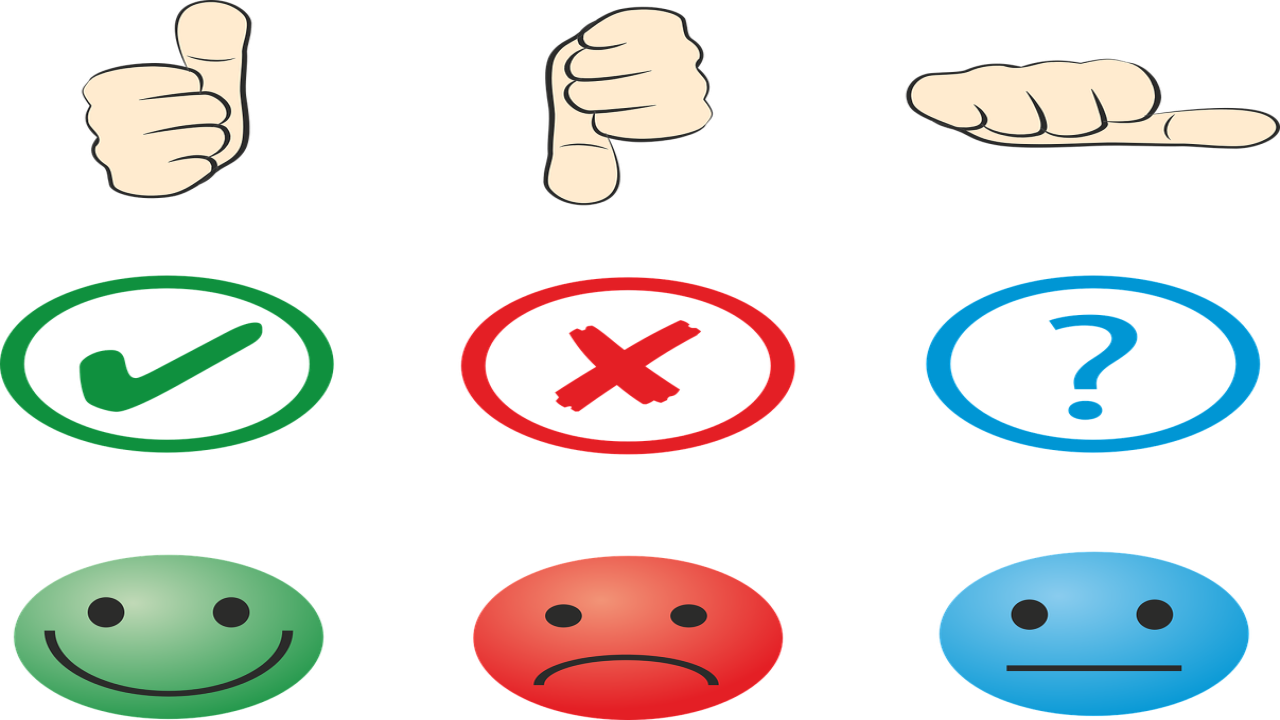The Power of Images Online: How to Use Visuals Effectively in the Digital Age
In the digital age, where attention spans are short and competition for that attention is fierce, images have become one of the most powerful tools at our disposal. Whether you’re a business owner, content creator, or simply trying to make your mark on social media, using images effectively can significantly enhance your online presence and engagement. In this blog post, we’ll explore why images matter so much online and how you can harness their power to achieve your goals.
1. The Impact of Visual Content on Engagement
Humans are naturally visual creatures. We process images 60,000 times faster than text, and 90% of the information transmitted to our brains is visual. This means that when someone visits your website or social media profile, the images you use are likely to be the first thing they notice—and the primary factor in whether they stay or leave.
Studies have shown that content with relevant images gets 94% more views than content without images. Additionally, social media posts with images see more engagement, including higher like, share, and comment rates. By incorporating high-quality, relevant images into your content, you can capture attention more effectively, making your audience more likely to engage with and remember your message.
2. Enhancing Your Brand Identity
Images are not just about aesthetics; they are a crucial component of your brand identity. The images you choose to represent your brand—whether they’re product photos, infographics, or visual elements in your web design—communicate your brand’s values, tone, and personality.
For example, a brand focused on sustainability might use images of nature, eco-friendly products, or minimalist designs to convey its commitment to the environment. On the other hand, a tech brand might use sleek, modern images with bold colors and futuristic elements to align with its innovative image.
Consistency in your visual content helps reinforce your brand identity across all platforms. When your audience encounters your brand, whether on your website, social media, or in advertisements, consistent visual elements help create a cohesive and memorable brand experience.
3. Driving Traffic and SEO with Images
Images can also play a significant role in driving traffic to your website and improving your search engine optimization (SEO). Optimizing your images for search engines involves using relevant file names, alt text, and captions, which help search engines understand the content of your images and rank them accordingly in image search results.
Moreover, visually appealing and shareable images can increase the chances of your content being shared on social media or other websites, generating backlinks and further boosting your SEO. Infographics, in particular, are highly shareable and can be a powerful tool for driving traffic and building authority in your niche.
4. Telling a Story with Visuals
One of the most compelling uses of images online is storytelling. Images have the unique ability to convey emotions, set a tone, and tell a story that resonates with your audience on a deeper level. Whether it’s a single powerful image or a series of visuals that take your audience on a journey, storytelling through images can create a strong emotional connection with your audience.
For instance, many brands use images to tell stories of their customers or the people behind the brand. This humanizes the brand, making it more relatable and trustworthy. In social media campaigns, images can be used to document a process, showcase a transformation, or highlight key moments in a narrative that aligns with your brand message.
5. Leveraging User-Generated Content
User-generated content (UGC) is a powerful way to leverage images to build community and trust. When customers share photos of themselves using your products or services, it serves as authentic social proof that can influence potential customers.
Encouraging your audience to create and share images related to your brand can boost engagement and expand your reach. You can incentivize this by running contests, featuring UGC on your social media profiles, or creating dedicated hashtags for your audience to use.
This not only provides you with a wealth of content but also fosters a sense of community around your brand, as customers see their contributions valued and shared.
6. Best Practices for Using Images Online
While images are a powerful tool, using them effectively requires careful consideration. Here are some best practices to keep in mind:
-
Use High-Quality Images: Blurry or pixelated images can harm your credibility. Always use high-resolution images that reflect well on your brand.
-
Be Consistent: Ensure that your images are consistent in style, tone, and color scheme to maintain a cohesive brand identity.
-
Optimize for Web: Compress your images to reduce loading times without sacrificing quality. This improves user experience and can positively impact your SEO.
-
Use Descriptive Alt Text: Alt text is crucial for accessibility and SEO. Describe your images clearly and include relevant keywords.
-
Tell a Story: Use images to tell a story that resonates with your audience and aligns with your brand message.
-
Incorporate Calls to Action: Include images that encourage your audience to take action, whether it’s clicking a link, signing up for a newsletter, or making a purchase.
Conclusion
In the digital landscape, where visuals dominate, the strategic use of images online can be the difference between engaging your audience and getting lost in the noise. By understanding the impact of visual content, enhancing your brand identity, driving traffic through SEO, telling compelling stories, and leveraging user-generated content, you can harness the full power of images to boost your online presence.
As you continue to create and share content, remember that every image you use is an opportunity to connect with your audience, convey your message, and strengthen your brand. Make those images count.








Comments (0)